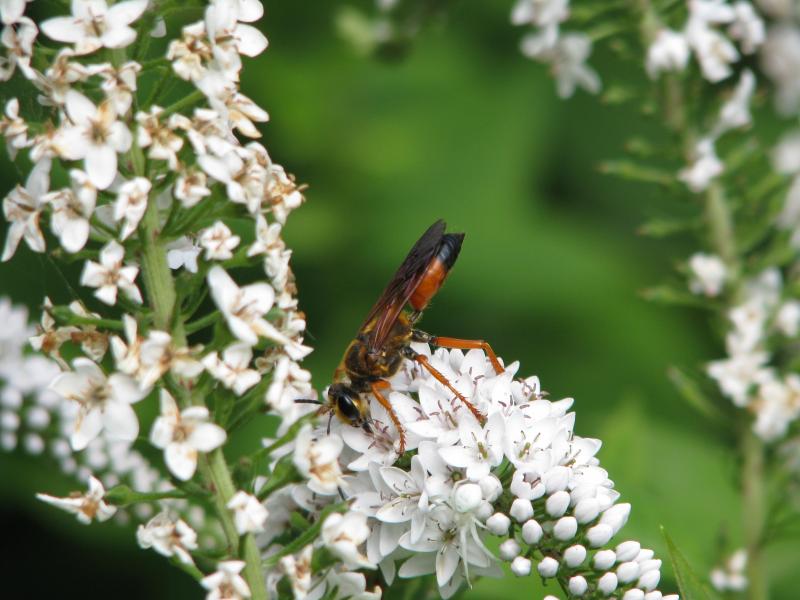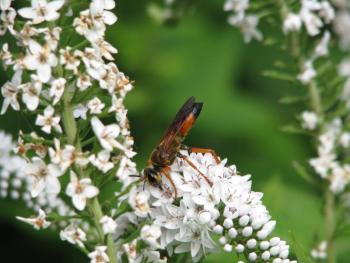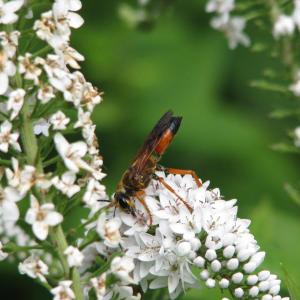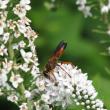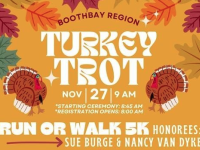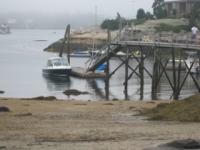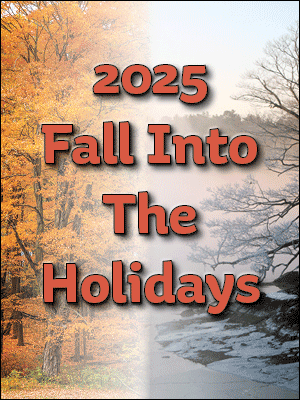iNaturalist: Finally, a Justification for All Your Obscure Creature Pics
If you’re like us, these long, cold winter nights may sometimes find you gazing at photos from warmer seasons and visits to warmer climes. Perhaps, like us, many of those photos are of flowers, bees, spiders, butterflies, dragonflies, beetles, birds, shrubs, mushrooms, and assorted other living things. And, if you’re like us, it’s entirely possible that, despite best intentions, you never found the time to figure out the identity of many of these organism.
Well, we are pleased to tell you about a relatively new, and certainly new to us, internet based project that has been a delightful way to exponentially increase our knowledge of living things based on sharing our photos. The project is called iNaturalist, and it has the great credibility of being a joint initiative of National Geographic and the California Academy of Sciences. The first time we heard about it was at a post-talk reception at Bowdoin College when discussing the difficulty we were having in learning to identify bumblebees. Someone there asked if we had tried putting photos of the bumblebees into something called iNaturalist.
We have written about various citizen science projects before in this column, including eBird, now one of the most well known and well used web-based citizen science portals for easily inputting bird observations with specific information on date, time, and location of such observations. We have also written in the past about other initiatives from the Cornell Lab of Ornithology like Merlin, which encouraged people to submit bird photos that could be tentatively identified by computer algorithms.
In some ways, iNaturalist is a version of eBird and Merlin but not just for birds, but for any and all living things. It is a bit different in that rather than submit counts of individual organisms, observers for the most part submit photos of a particular animal, plant, fungi, or what have you, with the specific location and date of the photo. The iNaturalist algorithms will suggest a possible identification of the organism in your photo, if possible, or sometimes just will try to narrow it down to a particular group. Of course, if you think you know what it is then you can put that name in as well.
The very cool part comes next.
Your photo is then shared with the hundreds of thousands of other participating naturalists on iNaturalist. Among the iNaturalist community are many of the top experts (amateur and professional) in identifying various species groups and others who have a special interest in particular plants, animals, or fungi, or that have a geographic specialty. Anyone on iNaturalist can weigh in to suggest a new identification or confirm the one given to the sighting by you or the iNaturalist computers. The sighting eventually is given a title of “Research Grade” if two or more people agree on its specific identification.
But the absolute best part of using iNaturalist is that you can ask questions of the naturalist experts who are helping to identify the creatures, to learn what characteristics they may be looking for to tell one species from another. Or to ask for a reference to read more about how to tell them apart. Through iNaturalist interactions, coupled with some reference books and good websites, we have been rapidly learning more about everything from cactus species and lizards on Aruba to bees in Maine to shrubs in the Northwest Territories – even more than we could have imagined!
The data from all of these photos is, of course, also available for researchers, and there are now millions of sightings, often from places where there is not a lot of available information or about obscure taxa that are not well studied. What a great way to learn about and to contribute to understanding our natural world. We should probably add that it is completely free and that there are both web versions and phone app versions. Check it out at: www.iNaturalist.org.
Jeffrey V. Wells, Ph.D., is a Fellow of the Cornell Lab of Ornithology. Dr. Wells is one of the nation's leading bird experts and conservation biologists and author of “Birder’s Conservation Handbook”. His grandfather, the late John Chase, was a columnist for the Boothbay Register for many years. Allison Childs Wells, formerly of the Cornell Lab of Ornithology, is a senior director at the Natural Resources Council of Maine, a nonprofit membership organization working statewide to protect the nature of Maine. Both are widely published natural history writers and are the authors of the book, “Maine’s Favorite Birds” and “Birds of Aruba, Bonaire, and Curaçao: A Site and Field Guide” from Cornell Press.
Event Date
Address
United States

